With all of the discussion of greywater lately I thought I would come out of lurking and post a few pictures and explanation of the greywater system that my husband and I built last year. We have been very happy with our system (no more buckets to trip over in the shower!) and plan on building a parallel system that runs from one basin of our kitchen sink down the other side of the garden this summer.
We started off with the book Create an Oasis With Greywater by Art Ludwig. It explains how to build many different types of systems. It also includes a thorough discussion of environmental safety and health concerns. Lastly it talks about what it takes to get a system permitted in California and other states. I highly recommend getting your hands on a copy of this book if you're thinking of installing a system.
The health concerns boil down to the fact that greywater can contain harmful microbes, especially if stored for any length of time, and, in fact, graywater technically becomes blackwater after storage for 24 hours due to rapid bacterial growth during storage. Because of this, one of the requirements for getting a system permitted is that the greywater needs to be plumbed underground and never allowed to flow to the surface uncovered.
We started with a simple laundry to landscape system that runs our washing machine water into a perforated pipe buried under mulch on the citrus trees in our side yard. This type of system is completely legal without a permit, easy to install, we literally just ran a pipe outside, and my citrus trees have never been happier. My Bearss lime set fruit for the first time since I moved in.
The next, more ambitious project was to run the master shower water outside. We dug a meandering and gently sloping swale (who am I kidding?...it's really a ditch) through the garden, passing close to as many of our trees as we could. In the bottom of the swale we sunk a flexible perforated pipe and covered it with mulch. My husband went under the house, cut through the waste line downstream of the shower and sink but upstream of the toilet, and installed a valve that can send the greywater either to the sewer or out to the garden. He rented an impact drill from Home Depot to drill a hole through the foundation so that he could run pipe outside to the swale. Due to the difficulty in getting permits for graywater projects we did not attempt to get this permitted, but my understanding is that what we did is pretty close to code.
I'm still working on the fun part; so far I have planted the sides of the creek with deep rooted native grasses, milkweeds, and wildflowers, so as long as there is enough water to shower I will have a stripe of green plants running through the garden. I also built some dry stacked stone beds alongside the creek that one day will have a mixture of roses and edibles in them. Right now they're full of the world's biggest cardoons and they're so huge and beautiful that I haven't had the heart to take them out yet.
As far as environmental concerns go, the two big ones are surge capacity and salt buildup in my already salty soil. I use green products, and use as little soap and detergent as possible, but pretty much all soap has sodium in it. The soil microbes eat up the organic components of soap and detergent and leave sodium behind to build up in soil. To mitigate this we plumbed one of the downspouts from our roof into each of the graywater lines so that hopefully some of the sodium will leach down when we do get rain.
And that brings me to surge capacity. Its an environmental and health hazard if, in a huge storm, the graywater system overflows. My husband is an engineer, and my bachelor's degree is in soil science, so we put our heads together and did some calculations and moved a lot of dirt so that the garden now drains inward towards the swale and it would take something like a 500 year flood for water to run off of our property and into the storm drain on the street behind us. The added benefit is that my clay soil stores all of the water that falls on the property (barring a huge crazy flood year) for my plants.
So far, I am really happy with the system, and the plants seem to be are happy too. While most trees in the neighborhood are struggling to survive, my trees are growing and thriving. The system puts the water down deep, so I still have to irrigate young plants, and anything that is too shallow rooted to find the water if I want them to survive.
Here is a picture of the swale construction before the perforated pipe went in.
Here is the same spot about thirteen months later, as you can see things have grown with no irrigation besides the graywater. I would love to find a sort of floppy china to spill over the rock wall on the right.
This is a picture from January. The graywater swale runs down the right side of the picture. We have moved the solenoids on the left underground since the picture was taken. It is hard to tell, but the whole open area in the center is about six inches lower than grade in the rest of the yard, and acts as our surge capacity. I am slowly converting the area that is bare soil to a native grass meadow. As far as roses go, I would like to replace the cardoon in the foreground with a large, deep rooted rose, possibly Glorie des Rosomanes. I have a MAC planted where it can eat the thrip infested Myoporum tree on the right.
I hope this helps some of you visualize what is possible with a relatively simple greywater system.
Marion
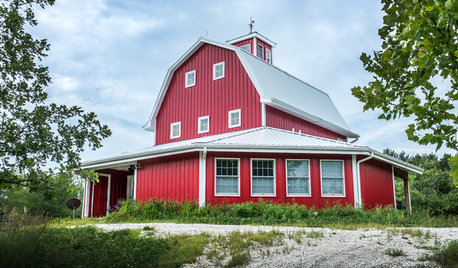

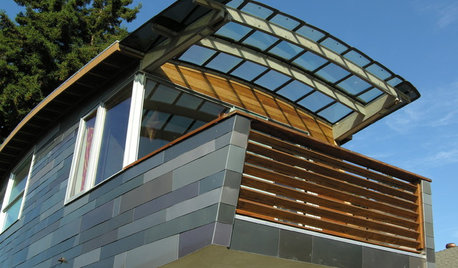
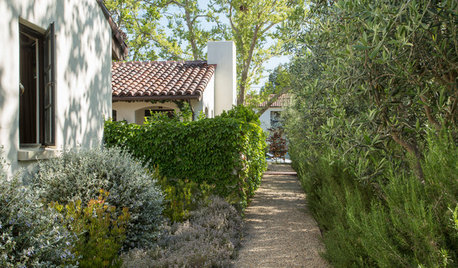
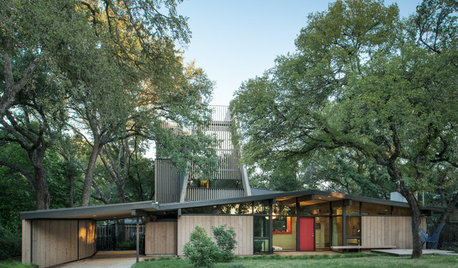
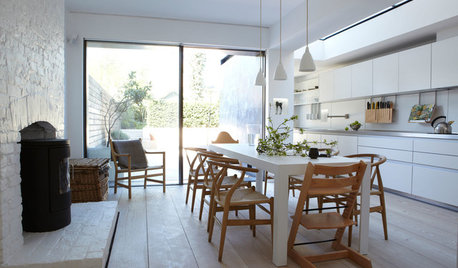
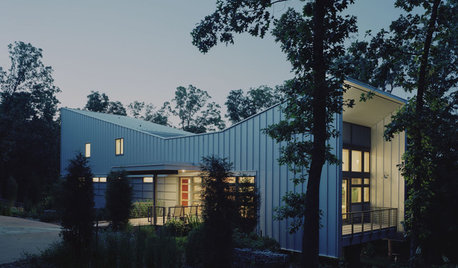

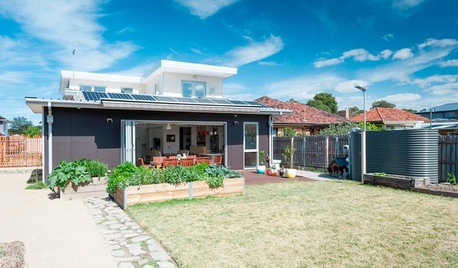
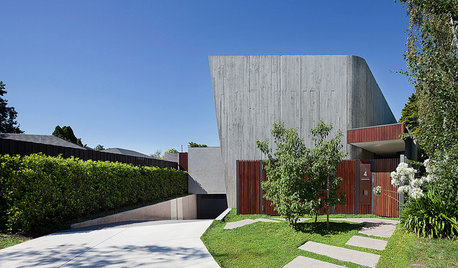





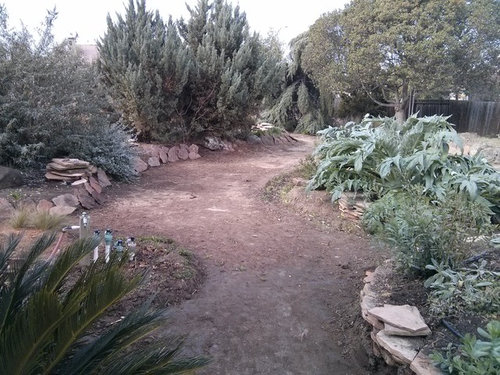



Rosefolly
Kippy
Related Discussions
Greywater from Laundry
Q
greywater guerillas
Q
2story house.Greywater kitchen sink,shower. Basic filter guidence
Q
difference between greywater and septic?
Q
rosydreams SoCal (10a Sunset 19 HeatZone 8)
jerijen
floridarosez9 Morgan
hoovb zone 9 sunset 23
hicloverOriginal Author
lori_elf z6b MD